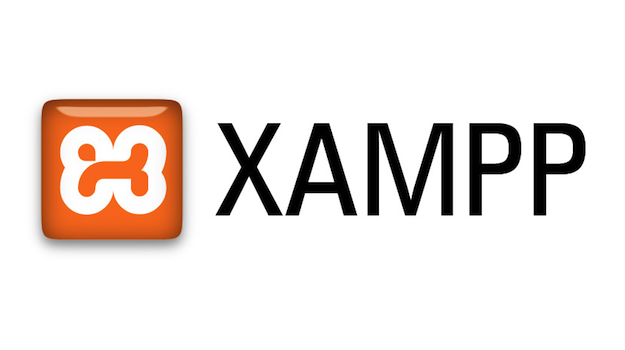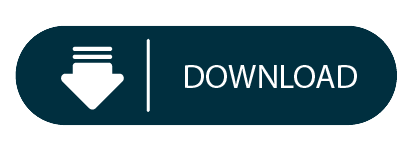I have been always playing with the Apache, PHP, and MySQL every time but since when I switched to Mac and wanted to make a web development environment on my Mac. So the first step is to install Apache, PHP, and MySQL.
- Download Apache Http Server For Mac Os X
- Apache Mac Os
- Download Apache Tomcat 7 For Mac Os X
- Download Apache Mac
- Mac Install Apache
To sign the apps, you must also be a member of Apple's OS X Developer Program. Install the SDK. There are two ways to download Xcode: from the App Store, available by searching for 'Xcode' in the App Store application. From Apple Developer Downloads, which requires registration as an Apple Developer. Official Apache OpenOffice download page. Join the OpenOffice revolution, the free office productivity suite with over 300 million trusted downloads. Note: Previous version of Mac OS X ran Apache 2.2. If you upgraded OS X and previously configured Apache, you may want to read more about upgrading to to Apache 2.4 from Apache 2.2. If you develop multiple projects and would like each to have a unique url, you can configure Apache VirtualHosts for Mac OS X. Get the latest Apache OpenOffice release for your MacOS X. Please subscribe to the users mailing list. Send an empty email to users-subscribe@openoffice.apache.org and just reply to the returned email. News and weblog. Recent news articles from the Apache OpenOffice homepage.
Install Apache for Mac OS
Since Mac OS is ultimately built on Unix so it is very to install any Unix supporting software. The most interesting part is that Mac OS comes with the Apache web server and we just need to start it and make some changes to setup our development environment.
Now, We need to start the apache server with root privileges to avoid permission issues.
Therefore, just launch the terminal type the command as follows:-
After starting Apache – test to see if the webserver is working in the browser – http://localhost – you should see the “It Works!” text.
Creating Apache VirtualHosts
The default location for Apache webserver project files is /Library/WebServer/Documents/. In this location, you all can create your application in order to host your web applications.
To enable VirtualHosts, we need to make some changes in the Apache Configuration file (httpd.conf).
Make sure that you change your DocumentRoot, ServerName and Directory location according to your needs.
Now your VirtualHosts setup is done now, just restart the apache with command
Install PHP on Mac OS X
In order to install PHP, in Mac OS you will just need to enable PHP support for Apache, i.e, to need to make changes in its (httpd) configuration file.
Open httpd.conf file with the command as follows:-
Uncomment below the line and save it.
LoadModule php7_module libexec/apache2/libphp7.so
Now restart the server and it should be able to process PHP files. To test it we can create a simple PHP file as below.
Download Apache Http Server For Mac Os X
Create test.php file in the /Library/WebServer/Documents/ directory with the following lines of code as shown below and save it.
Load the PHP file in browser with URL http://localhost/test.php and you should see a huge page with all the PHP configurations as shown below:-
Congrats now you have successfully installed PHP on your Mac OS.
Installing MySql on Mac OS
Apache Mac Os
Installing MySQL in Mac OS is very simple you will just have to download MySQL dmg file from the MySQL website and just press next, next in order to install.
Download Apache Tomcat 7 For Mac Os X
Download the MySql DMG file from MySql Download Website.
Open the DMG file and install MySql server
Start the MySql server if it’s not running and you can find MySQL in system preferences.
Click on MySQL and you will see the screen as below:-
If you want to control MySQL through your terminal then you will have to add MySQL directory to your shell path, this is done in your “.bash_profile” file in your home directory if you don’t have that file just create it using vi or nano:
open that “.bash_profile” and add the following line and save it.
export PATH=${PATH}:/usr/local/mysql/bin/

Now, you can access MySQL through your terminal, in order to check just type the command as follows:-
Download Apache Mac
Now, you have successfully connected your MySQL server through your terminal.
If you want to change the MySQL root password then just login to MySQL and the query as follows:-
Change the lowercase ‘MyNewPass’ to what you want – and keep the single quotes.
Now you have successfully installed all your web development environment. If you want to GUI to manage MySQL then you can install MySQL workbench.
Mac Install Apache
If you have any queries do post your questions in the comment section below: 🙂
